Quito, Ecuador’s vibrant capital, stretches long and narrow against a stunning backdrop of volcanoes. Sitting right on the equator, the city offers far more than just a geographical curiosity. At an altitude of 2,850 meters, it’s one of the highest capital cities in the world. During my stay, I loved wandering its cobblestone streets, exploring colorful neighborhoods, and soaking in the mix of history and modern life. Spending a few days in Quito is a perfect way to acclimatize before venturing further into Ecuador or heading to the famous Galapagos Islands, which I also visited. If you’re planning a longer trip, check out our full Ecuador itinerary guide to see how Quito fits into the bigger adventure.
How to get to Quito
✈️ By plane: Quito’s main gateway is Aeropuerto Internacional Mariscal Sucre, located about 45 kilometers from the city center. From the airport, several transportation options are available:
- Public transportation: The most budget-friendly option, costing around $2 USD. SOTRANOR buses run to Rio Coco Avenue, where you can transfer to the Metropolitan Transportation System Ecovía to reach the old town. Alternatively, COSIBO buses go to the southern bus terminal at Quitumbe, connecting to the old town via the Trolebús.
- Private transfers and taxis: Yellow taxis and ride-hailing apps like Uber or Cabify offer rides to central Quito for $25-35 USD. Many hotels also provide private or shared transfers for around $20-30 USD. During my visit after the 2019 riots, I opted for a hostel pickup for convenience. The ride usually takes about 45 minutes, depending on traffic.
Quito also has frequent domestic flights to Guayaquil, which is the main hub for trips to the Galapagos Islands. From Guayaquil, you can catch regular flights to Baltra or San Cristóbal in the Galapagos.
🚌 By road
Traveling by bus is a reliable and budget-friendly option. Quito is well connected to major destinations in Ecuador such as Guayaquil, Baños, and Cotopaxi. Tickets generally range from $5-20 USD depending on distance and bus type, bookable via 12GO.
From Peru, the Cruz del Sur buses provide a comfortable border crossing. The journey from Piura or Tumbes takes around 12-14 hours to Quito and costs $30-40 USD.
From Colombia, the most common route is via the Rumichaca border crossing. From Ipiales, take a collectivo to the border (around $1 USD) and then another to Tulcán bus terminal (around $2 USD). Frequent buses run from Tulcán to Quito, taking 8-10 hours and costing under $25 USD.
🚗 By car: Self-driving to Quito is possible from neighboring regions, though it’s less common for international travelers. Roads are generally in good condition, but long distances, mountain terrain, and changing weather make careful planning essential.
Always check the latest border crossing and travel information online or with your accommodation before traveling.
What to do in Quito
Free Walking Tour
A free walking tour is a fantastic way to explore Quito’s old town, filled with beautiful architecture, colonial squares, churches, and colorful houses. Several companies offer these tours; if you stay at the Community Hostel, one is conveniently available next door. Remember to tip the guide, with $5-$20 being a common amount.
If you prefer to wander on your own, make sure to visit Plaza Grande, the Presidential Palace, Plaza San Francisco, and La Ronda.
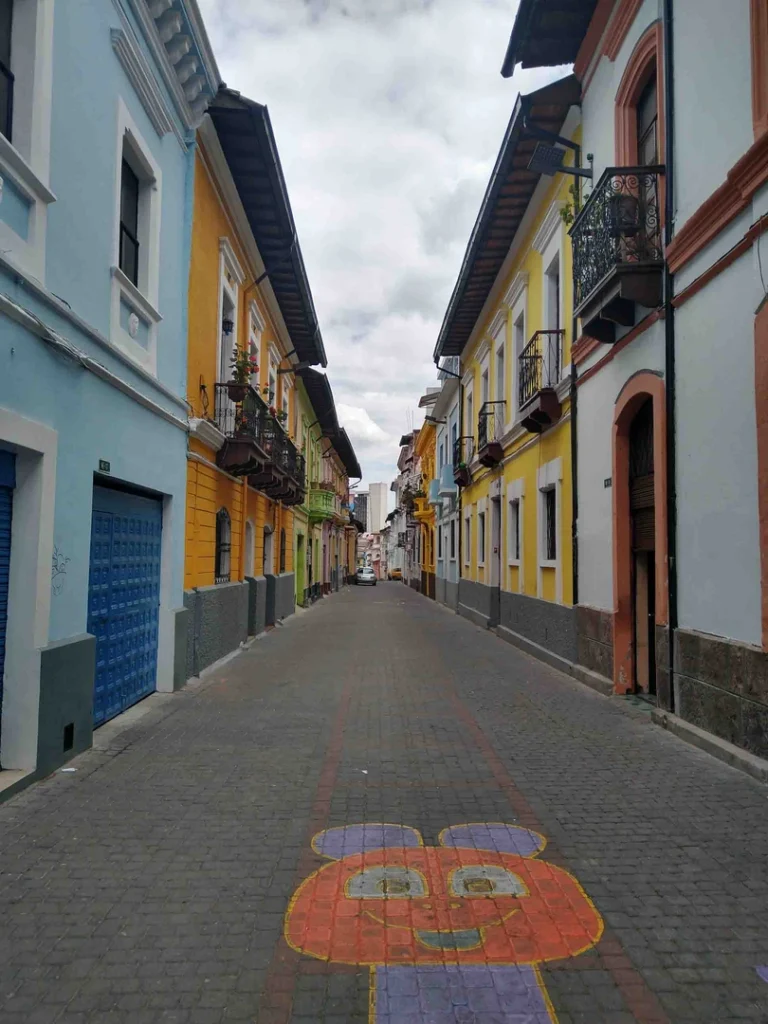
Climb the Basilica del Voto Nacional
Among Quito’s numerous churches, the Basilica del Voto Nacional stands out. Located just outside the old town, you can climb up and walk under its roof to enjoy phenomenal views from the top. Even if you don’t reach the highest points, it’s worth a visit.
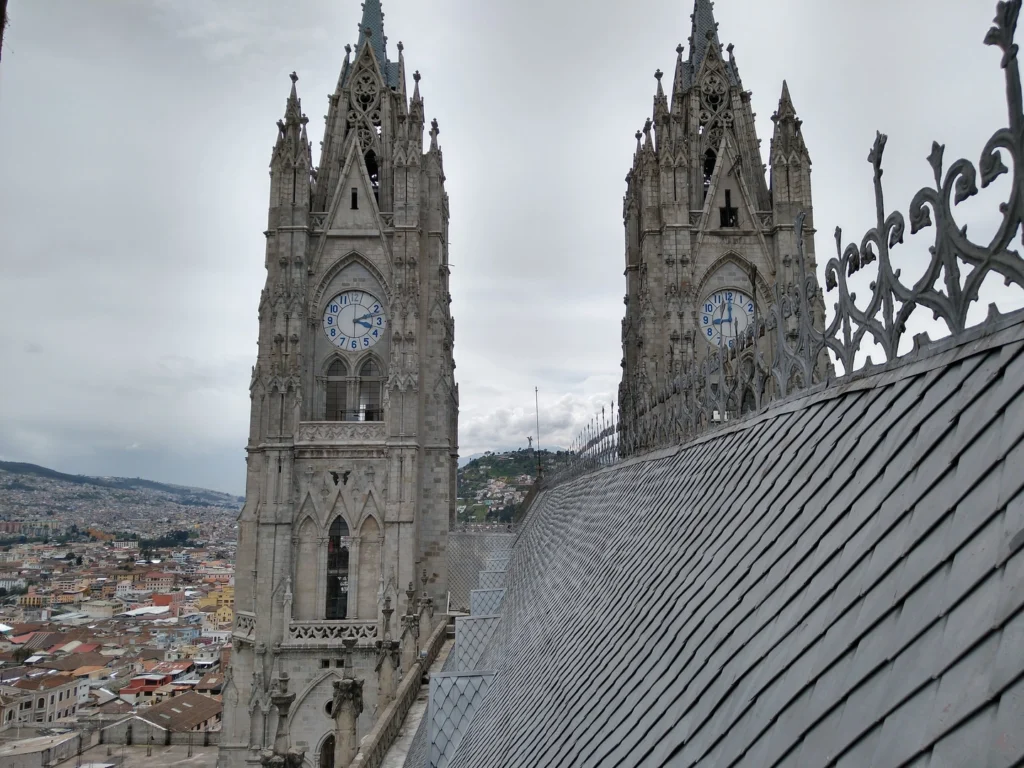
Views from the Virgin of El Panecillo
The Virgin of El Panecillo, a 41-meter-tall aluminum statue of the Virgin Mary, is visible from nearly anywhere in Quito. The hill offers stunning views of the city, but the surrounding area isn’t the safest, so take a taxi and have the driver wait for you while you enjoy the views.
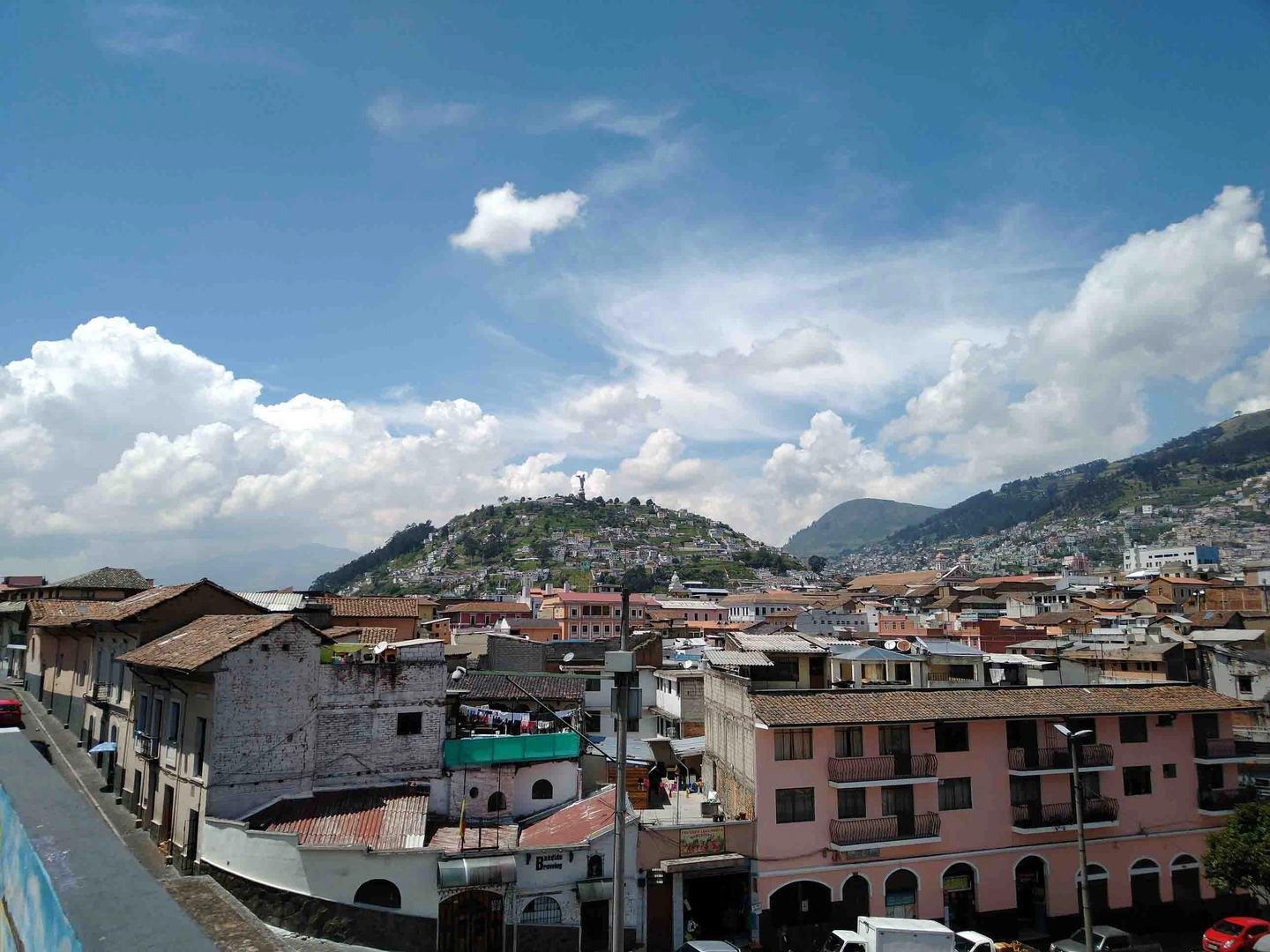
Take the TelefériQo to 4000 meters
After acclimatizing to Quito’s altitude, take the TelefériQo cable car to 4,000 meters. The 20-minute ride offers breathtaking views and short hikes around the area. This is also a good test to see if you’re ready for higher altitude hikes like Cotopaxi. Remember to listen to your body and descend if you feel unwell. Tickets cost $8.50 (2023), and it’s best to go early as weather changes quickly in the afternoon.
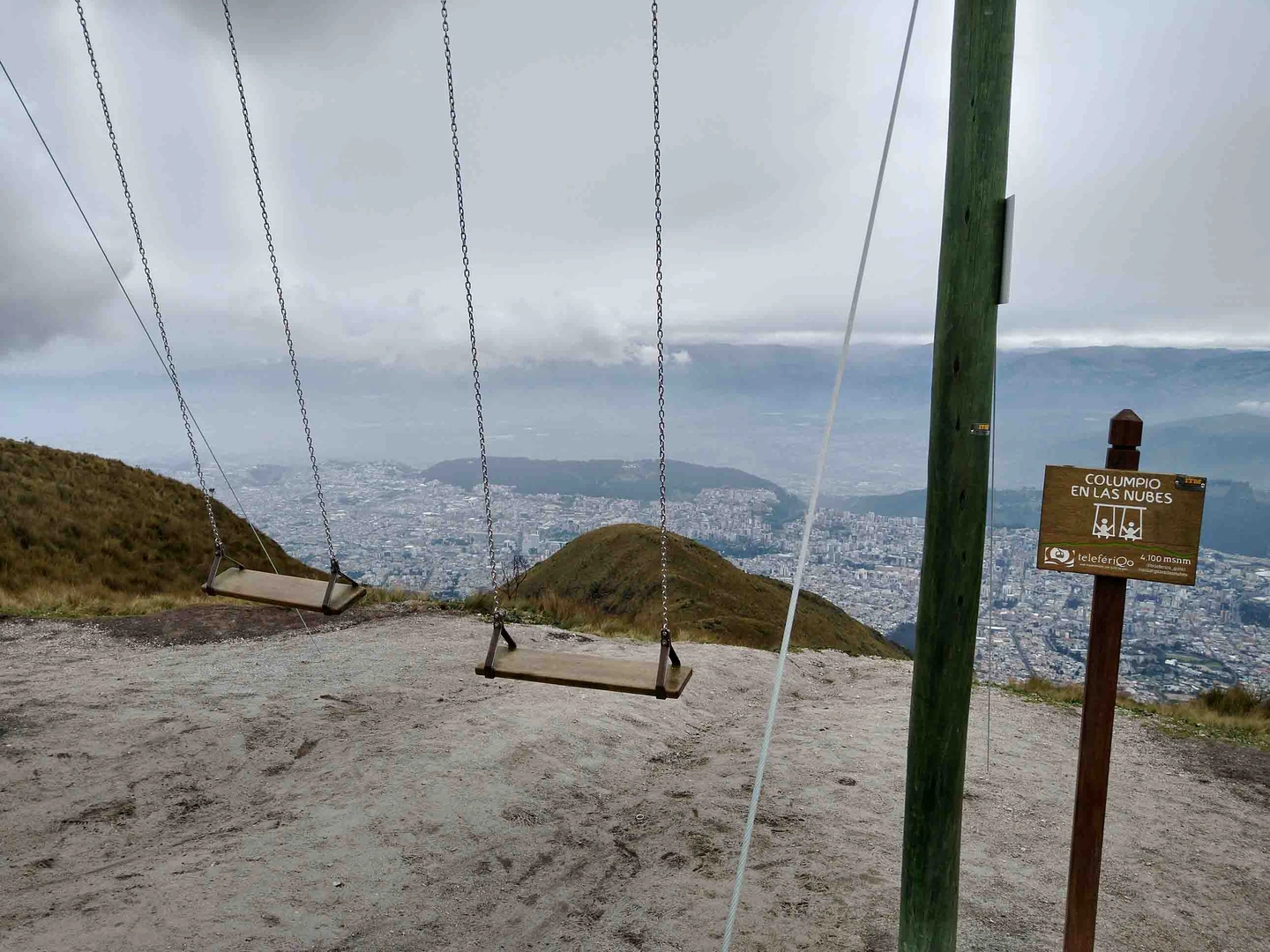
Visiting the equator
Visiting the equator is an enjoyable and unique activity while in Quito. Although it’s not an essential attraction, it makes for a fun day out. You can either join a day tour or take a bus on your own to explore Museo Solar Intinan and Ciudad Mitad del Mundo. Due to some unrest during my visit, I opted for a day tour.
The Museo Solar Intinan, located just 0.02 degrees off the equator, offers fascinating photo opportunities and interactive experiments. You can balance an egg on a nail and observe the unique effects of the equator on water movement. It’s an engaging experience, especially for kids.
On the other hand, Mitad del Mundo is a more tourist-oriented site, primarily designed for taking photos to mark your visit to the equator. Personally, I wouldn’t go back, but since it’s near Museo Solar Intinan, it’s worth a quick stop. You can reach these attractions by taking a direct bus from the Ofelia bus station or a taxi, which should cost around $20 one-way.
Otavalo Market
A popular day trip from Quito is the Otavalo Market, one of the most important markets in the Andes. The traditional market day is Saturday, offering a vibrant array of traditional clothes and colorful products. You can join an organized tour or take a bus from Terminal Norte Terrestre de Carcelén for about $2.50. The journey takes around 3 hours.
Where to eat in Quito
The Ecuadorian cuisine might not have the global fame of its Peruvian neighbor, but Quito boasts an array of delightful dining options that shouldn’t be missed. Here are some of our favorite spots:
- Bandido Brewing: Situated right across from the Community Hostel, Bandido Brewing is a cozy pub known for its craft beers and mouth-watering food. Their burgers, in particular, are a hit and make this place well worth a visit for both its drinks and atmosphere.
- Casa Gangotena: For those looking for a more upscale dining experience, Casa Gangotena offers a taste of Ecuadorian cuisine with a modern twist. Here, you can savor a variety of dishes, including ceviche, seafood, meats, and vegetarian options, all prepared with locally sourced ingredients. The local yucca is a standout.
- Indian Cuisine: Surprisingly, Quito offers some excellent Indian food. Two standout restaurants are Sher E Punjab Rincon de la India and Royal India. Both serve up authentic and flavorful curries that will satisfy any cravings for Indian cuisine.
Where to stay in Quito
Staying around the old town is ideal for safety and convenience. Here are some great accommodation options:
Community Hostel and The Secret Garden are both hostels with a social atmosphere, good food, and helpful staff. They have dorms starting at $15 and double rooms starting at $30.
Rincón Familiar Hostel Boutique is located just 100 meters from Plaza Grande, this boutique hostel offers charming rooms and friendly staff. Double rooms with a shared bathroom start at $90, while ensuite rooms start at $100.
Hotel La Basílica Quito is a mid-range option in a colonial-style building near the Basilica, Hotel La Basílica offers ensuite rooms starting at $130 a night.
Quito is a city of contrasts and beauty, offering rich cultural experiences, stunning views, and a warm welcome to its visitors. Enjoy your stay in the capital of Ecuador before continuing your adventures in this incredible country.
Help us by supporting our blog
We want to give you honest reviews and keep this blog free. Therefore we added some affiliate links that might give us a commission at no additional cost to you. Support our blog by booking through our partners.

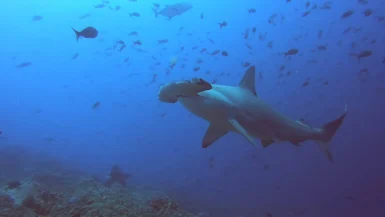
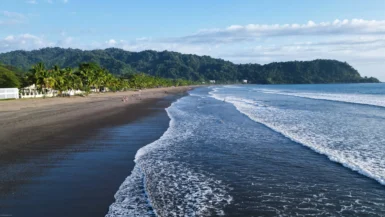
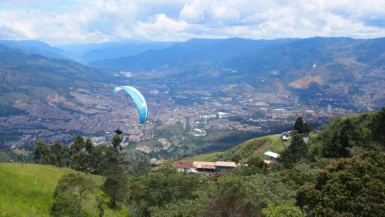
Leave a reply